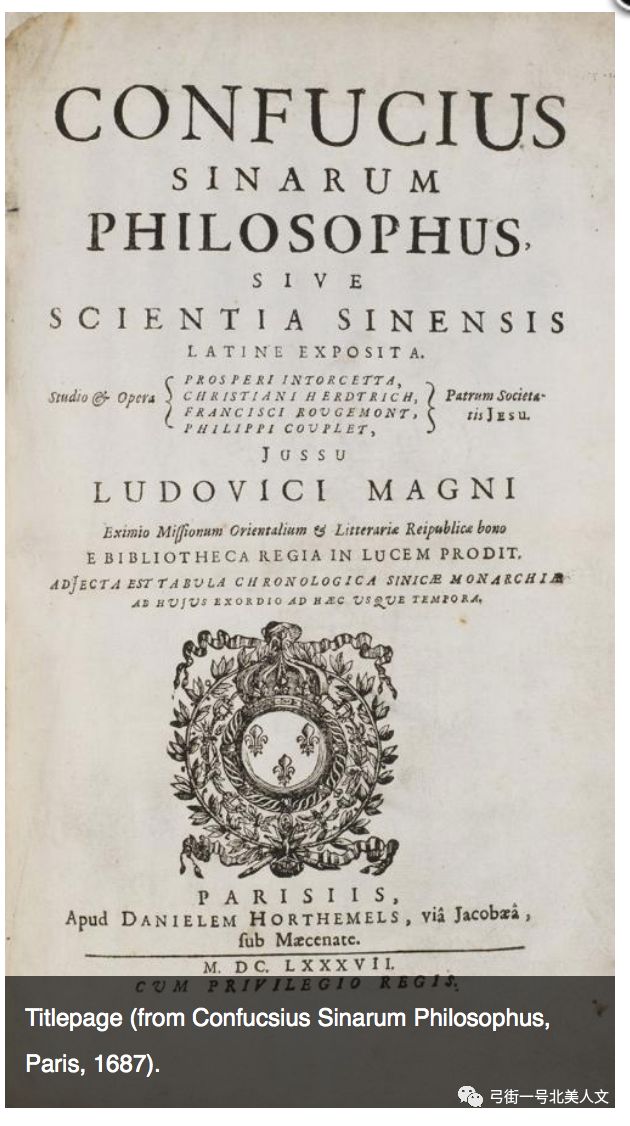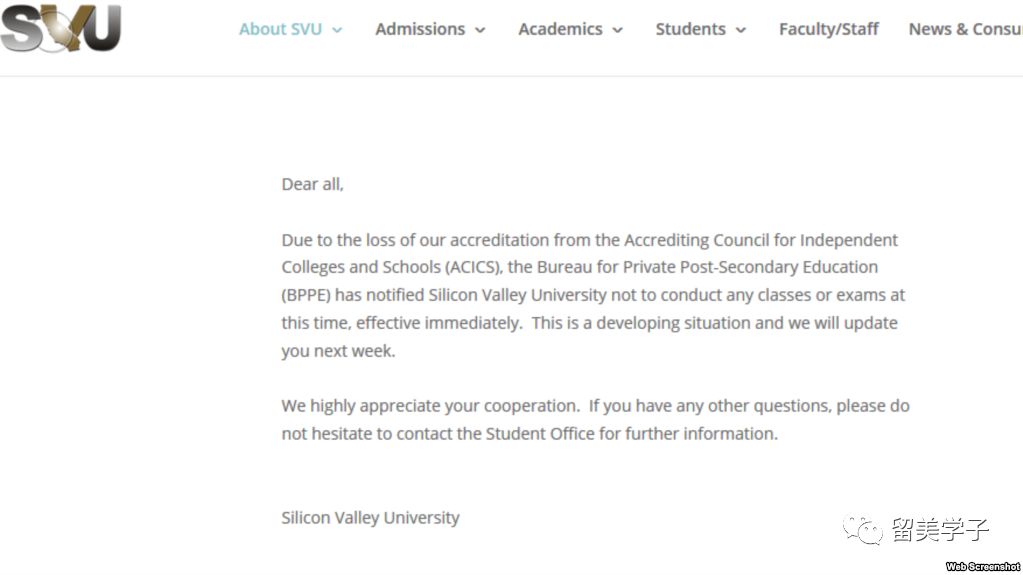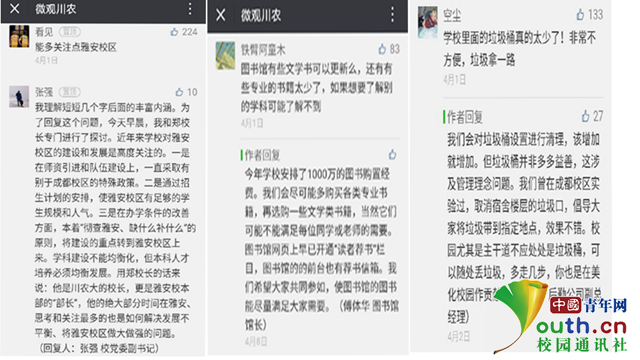
二、考题解析
【教案】
Teaching Aims:
Knowledge aim: By the end of the class, students will know some expressions of advice and the format of a letter, which includes: an appellation, a body part, a complimentary close and a signature.
Ability aim: Students’ writing ability of letter can be improved by the end of the class.
Emotional aim: Students will be aware of the importance of writing English letter.
Students' interest of learning English can be inspired.
Teaching Key Points:
Students know the format of an English letter and how to make a suggestion.
Teaching Difficult Points:
Students can apply expressions of advice and the format of English letter into their own life.
Teaching Methods:
Communicative teaching method, task-based teaching method, situational teaching method.
Teaching Aids:
PPT, Blackboard and so on
Teaching Procedures:
Step 1: Warming up
1.Greetings
2.Sing an English song We don’t talk anymore, invite the whole students to clap when singing together and lead to the topic.
Step 2: Pre-writing
1.Free talk: Let students talk about the importance of communication in our daily life in group of four, 3 minutes later invite some groups to show their ideas.
2.Set up situation: Let's say our friend Li Ming is very upset recently, because he has a problem in the aspect of communicating with others, we should write a letter to give him some advice.
3.Format: Guide and teach students the format of English letters, which includes: an appellation, a body part, a complimentary close and a signature.
4.Content: Teach students the key sentence structures about how to make a suggestion.(eg: I suggest that you...)
5.Brainstorming: Let students share their ideas about how to communicate with others with their partners, and decide which are the best ideas, make a list of those ideas, then put those ideas into a map so that students can easily see them when they write.
Step 3: While-wirting
Give students some guidance, such as: pay attention to the punctuation, sentence structure, tenses and format. 15 minutes would be given to them to complete their letter within 100 words individually.
Step 4: Post-writing
1.Self-editing: Ask students to check their letter according to the format and sentence structures on the blackboard.
2.Peer editing: Ask students to check and edit their partners’ letter and give them some suggestions.
3.Share: Invite some students to share their letter in front of the class and teacher gives them some comments.
Step 5: Summary & Homework
Summary : Invite a little teacher sum up what we have learned today.
Homework: Let students search more information about how to communicate with others.


二、考题解析
【教案】
Teaching Aims:
Knowledge aims:
(1) Students will master two difficult words,such as universal, unfamiliar.
(2) Students will learn knowledge about body language.
Ability aim: Students are able to understand the meaning of body language in their daily life and can improve the ability in scanning and skimming.
Emotional aim: Students can show their feelings with body language in reality.
Teaching Key Points:
Students can know the meaning of various body languages.
Teaching Difficult Points:
Students are able to express their feelings with body language in reality..
Teaching Methods:
Communicative teaching method, task-based teaching method, situational teaching method.
Teaching Aids:
PPT, Blackboard and so on
Teaching Procedures:
Step 1: Warming up
1.Greetings
2.Play a clip from a popular American TV series Lie to me (many body languages are shown in it), invite two students to talk about their feelings.
Step 2: Pre-reading
1.Let’s say. Lead students to talk about body languages that we usually see in our daily life.
Step 3: While-reading
1.Fast reading. Read the passage for the first time and ask students to summarize the main idea.
2.Careful reading. Read the passage for the second time with questions.
(1) How many body languages are mentioned in the passage when we meet others?
(2) what is the difference in different countries? Talk it in details.
Step 4: Post-reading
Divide all students into several groups and give them five minutes to discuss other body languages that we usually use. After that, invite three students to share.
Step 5: Summary & Homework
Summary : students look at the blackboard and summarize this class.
Homework:students surf the internet and collect more information about body language..
Blackboard design:


二、考题解析
【教案】
Teaching Aims:
Knowledge aim:
1. By the end of the class, students will know more about festival and its origin.
2. Students will master the meaning and the usage of some words and expressions.
Ability aim: Students can train their reading skill and the speaking skill through learning of the discourse and communicating with each other around the given topic.
Emotional aim: Students will cherish the traditional value and foster national pride through learning.
Teaching Key Points:
Students can master the meaning and the usage of words and expressions in the discourse.
Teaching Difficult Points:
Students can express themselves correctly and fluently and gain the confidence of learning
English.
Teaching Methods:
Task-based teaching method and audiolingual teaching method.
Teaching Aids:
Video, Blackboard and so on.
Teaching Procedures:
Step 1: Warming-up
Have a free talk with the student, inspire them to do a brainstorming about some Chinese festivals.
Collect the answer such as The Double Ninth Festival,The Lantern Festival, The Dragon Boat Festival and ask them “What do people celebrate on these festivals?”
Step 2: Presentation
1. Ask students to read the passage and underline all the sentences providing the information of origin of the festivals.
2.Ask students to read the passage again and guess the meaning of the bold words in these underlined sentences.
3.write down these bold words on the blackboard “hunters, starve, origins, religious”and interpret these words to the students.
Step 3: Practise
1.Let students to do an exercise -- fill in the blanks with the proper form.
a.Most ancient ____ (festival) will celebrate the end of clod weather,planting in spring and harvest in autumn.
b.Sometimes celebrations will be held after haunters had caught animals. At that time people would ____ (starve) if food was difficult to find,especially during the cold winter months.
c.Today’s festivals has many ____ (origin), some religious, some seasonal and some for special people or events.
2.Ask students to make sentence using the target words.















